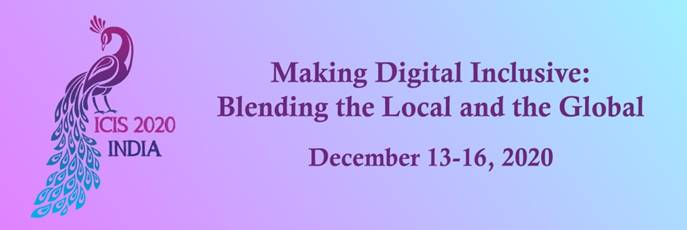Practitioner Track
Loading...
Paper Type
Pract
Paper Number
1891
Description
Emerging digital technologies like IoT, AI/ML, data analytics, and cloud technologies have been evolving rapidly and impacting the labor market. As new technologies proliferate, it becomes challenging for firms to find skilled personnel. So, how do we deal with the talent scarcity related challenges surrounding emerging digital technologies for engineering R&D service providers? This study is designed to identify factors that could influence employees' behavior towards choices they make on reskilling to prepare themselves for the future. A case study of a multi-national corporation is used involving focus group discussions, interviews, surveys, and analysis of ERP data. While identifying the influencing factors, this study also defines skill distance in the context of learning behavior. It further identifies a non-linear relationship between employees' skilling resistance and work experience in the form of an S-curve, moderated by the influencing factors. Scenario-specific recommendations are offered for project managers to handle the talent scarcity.
Recommended Citation
Kar, Sudatta; Kar, Arpan Kumar; and Gupta, M.P., "Talent Scarcity, Skill Distance and Reskilling Resistance in Emerging Digital Technologies - Understanding Employee Behaviour" (2020). ICIS 2020 Proceedings. 3.
https://aisel.aisnet.org/icis2020/practice_is_research/practice_is_research/3
Talent Scarcity, Skill Distance and Reskilling Resistance in Emerging Digital Technologies - Understanding Employee Behaviour
Emerging digital technologies like IoT, AI/ML, data analytics, and cloud technologies have been evolving rapidly and impacting the labor market. As new technologies proliferate, it becomes challenging for firms to find skilled personnel. So, how do we deal with the talent scarcity related challenges surrounding emerging digital technologies for engineering R&D service providers? This study is designed to identify factors that could influence employees' behavior towards choices they make on reskilling to prepare themselves for the future. A case study of a multi-national corporation is used involving focus group discussions, interviews, surveys, and analysis of ERP data. While identifying the influencing factors, this study also defines skill distance in the context of learning behavior. It further identifies a non-linear relationship between employees' skilling resistance and work experience in the form of an S-curve, moderated by the influencing factors. Scenario-specific recommendations are offered for project managers to handle the talent scarcity.
When commenting on articles, please be friendly, welcoming, respectful and abide by the AIS eLibrary Discussion Thread Code of Conduct posted here.



Comments
23-Practice